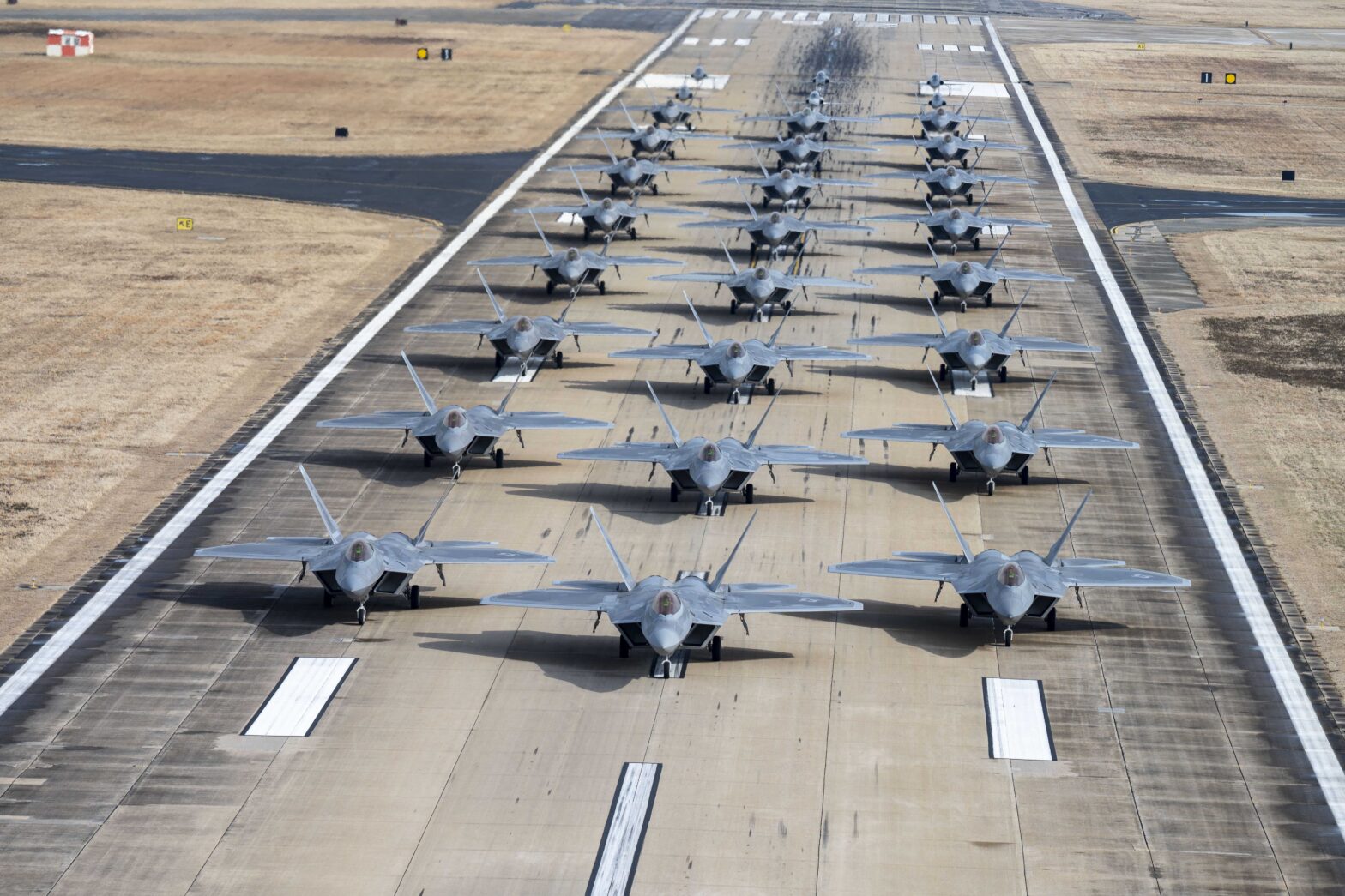Neurotrauma is pervasive across the tactical community.
- A study on aviators with the Royal Canadian Airforce (RCAF) investigated biomarkers that are used for early detection of brain injury. This investigation is important as aviators are frequently exposed to decompression stress, G-forces, and intermittent hypoxia (low oxygen). “The aviators exhibited significant elevations in the plasma levels of GFAP, NF-L, PRDX-6, and T-tau compared to the controls…indicating glial activation, axonal damage, oxidative stress, and potential neurodegeneration.” [1]
- A retrospective study on United States Navy Special Warfare Combatant Craft Crewmen (SWCC) had 33% reporting impact-induced loss of consciousness. [2]
- A study conducted at the Swedish Armed Forces (SwAF) naval base with professional divers recruited from the SwAF, the Swedish Coast Guard, and the Swedish Police looked at neurotrauma blood biomarkers after a dive. They found that tau levels in blood rise after a 10-minute dive made to an equivalent of 42 msw depth. The rise in these levels was fast, with measurable increases as soon as 30-45 minutes after diving, with even higher tau levels found after 120 minutes. After 48 hours, the tau blood levels had returned to the baseline levels prior to the dive. [3]
- Snipers, breachers, and individuals with hand grenade exposures had higher blood biomarkers for brain inflammation and neurodegenerative disease as compared to controls. The longer the individual’s service, the higher the amount of protein in their blood that is associated with poor neurological outcomes. [4]
- Over 60% of US Army Ranger mortarmen training at Fort Benning during a 6-day period reported headaches, ringing in the ears, forgetfulness/poor memory, taking longer to think, sleep disturbance, and being irritable or easily angered. They also had significantly slower pupil dilation and constriction velocities. [5]
These are only a few examples of the variety of mechanisms and specialties that are exposed to neurotrauma. It is important to recognize there is a range of neurotrauma to consider in this population, from severe traumatic brain injuries, to repeated subconcussive head trauma.
It is imperative that clinicians are highly skilled at addressing these issues early. But human performance teams also have a vital role to play in proactive measures to keep these professionals performing at their highest level.
We don’t wait for a 4-minute miler to run a 20-minute mile to start addressing a problem. With the pervasiveness of this issue across tactical specialties, the expectation should be that human performance staff are highly competent at proactively addressing these important needs.
References:
- Rhind, S. G., Shiu, M. Y., Vartanian, O., Allen, S., Palmer, M., Ramirez, J., … & Saary, J. (2024). Neurological Biomarker Profiles in Royal Canadian Air Force (RCAF) Pilots and Aircrew. Brain Sciences, 14(12), 1296.
- Ullman, J., Hengst, D., Carpenter, R., & Robinson, Y. (2022). Does military high-speed boat slamming cause severe injuries and disability?. Clinical Orthopaedics and Related Research®, 480(11), 2163-2173.
- Rosén, A., Gennser, M., Oscarsson, N., Kvarnström, A., Sandström, G., Seeman-Lodding, H., … & Zetterberg, H. (2022). Protein tau concentration in blood increases after SCUBA diving: an observational study. European Journal of Applied Physiology, 122(4), 993-1005.
- Boutté, A. M., Thangavelu, B., Nemes, J., LaValle, C. R., Egnoto, M., Carr, W., & Kamimori, G. H. (2021). Neurotrauma Biomarker Levels and Adverse Symptoms Among Military and Law Enforcement Personnel Exposed to Occupational Overpressure Without Diagnosed Traumatic Brain Injury. JAMA network open, 4(4), e216445-e216445.
- Woodall, J. L., Sak, J. A., Cowdrick, K. R., Bove Muñoz, B. M., McElrath, J. H., Trimpe, G. R., … & Hutchinson, C. R. (2023). Repetitive low-level blast exposure and neurocognitive effects in army ranger mortarmen. Military Medicine, 188(3-4), e771-e779.
